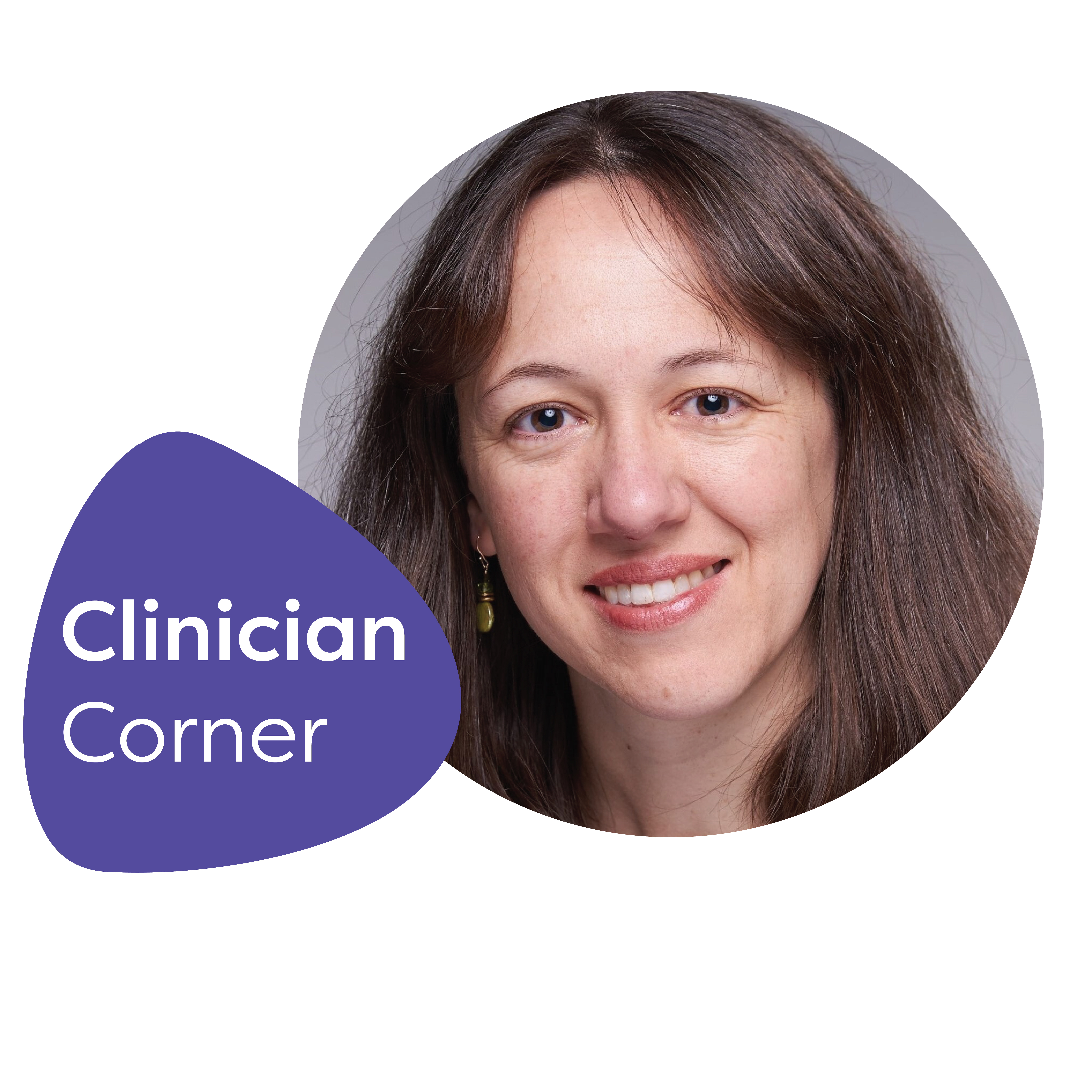Social determinants of health (SDOH) are defined by the conditions of an environment where people are born, live, and work. Depending on an individual’s circumstances, these conditions can create and exacerbate mental illness and make it difficult to access mental health care.
Despite these challenges, healthcare organizations have the power to make meaningful change by bridging the gap between underserved populations and high-quality mental health care. By investing in solutions like telepsychiatry, healthcare organizations can positively impact their communities’ mental health.
Read on to learn more about why social determinants of health and mental health matter to healthcare organizations, how healthcare organizations can address them, and additional resources to help reach those who need care the most in your community.
Why SDOHs matter to healthcare organizations
Healthcare organizations are catching on to the importance of addressing social determinants of mental health. In a survey of 300 hospitals and health systems, the Deloitte Center for Health Solutions found that 80% of hospital respondents said their leadership team is committed to establishing and addressing social needs in clinical care. Providers see the value, too. The Commonwealth Fund reports that 80% of physicians consider addressing a patients’ social needs as critical as addressing their medical needs.
And, the potential financial impact of not addressing SDOH is substantial. An article by Modern Healthcare highlights a Chicago-based health system that discovered 26% of its medical inpatients had a co-occurring behavioral health issue that cost approximately $26 million annually in excess healthcare costs and increased the average length of stay by 1.07 days.
Taking an integrated approach that encompasses mental and physical healthcare needs is essential to helping underserved patients and maintaining organizational costs.
Identifying who needs help in your community
For those experiencing SDOH, lack of access to routine mental and physical healthcare can impact their quality of life. And the effects are widespread. In fact, in a study by Anthem, 60% of Americans believe their community faces at least some health issues related to SDOH. 23% say access to good doctors and hospitals is a major problem for those in rural parts of the country.
Anthem also found that Americans of color are disproportionately affected by the consequences of SDOH, citing mental health, safe communities, and access to affordable and nutritional foods were components significantly impacting their health.
Along with these challenges, there are specific factors that stand between individuals experiencing SDOH and a more sustainable quality of life:
- More than 500K Americans are experiencing homelessness
- 38 million people are food insecure
- 37.2 million people are living in poverty
Whether your organization aims to help a specific population or contribute to solving a unique issue in your community, you should consider a few things before getting started.
How healthcare organizations can address SDOH
With a pandemic and a growing provider shortage at play, helping patients get appropriate and affordable mental health care has never been more important or challenging.
So what can hospitals and health systems do to help relieve the burden on overworked providers while facilitating high-quality care for their patients? It starts by ensuring your teams are set up to address these challenges.
Consider the following:
- What type of geographic access does your population have?
- What resources are available?
- Are people motivated to utilize these resources?
- Do they have a support system?
When addressing SDOH in the community, chances are you might face some challenges related to stigma, transportation, and socioeconomic status. While these might be difficult to address, there are four solutions to these challenges that can help your organization realize optimal outcomes:
- Stigma: For those facing stigma in their communities, providing a telepsychiatry option can be helpful. That way, they can receive effective treatment from the comfort of their homes, or through their primary care provider’s office, without the worry of being exposed for seeking help.
- Culturally competent care: Using telepsychiatry can help organizations access providers who speak a specific language or have experience with a particular culture. This connection is highly beneficial to individuals who may not have someone locally who speaks the same language or can understand the unique aspects of their culture.
- Technology and digital literacy: By partnering with organizations that seamlessly integrate into your organization, patients in your community can access providers from across the country at their local clinic, regardless of what personal access they may have at home.
- Transportation: If patients have trouble getting to their appointment because of transportation challenges, telehealth can help them get the care they need from home. Along with a virtual approach, your organization can consider offering free transportation, or partnering with a ride-share company, to help individuals make it to their appointment.
Additional Resources
If you’re looking for additional resources to reach your community, check out some of the options below:
American Psychiatric Association: The American Psychiatric Association has collected a series of factsheets that provide an inside look into current mental health disparities experienced by diverse populations. This is a meaningful resource that your organization can reference when determining how and who to help.
Iris Telehealth: Iris Telehealth provides high-quality behavioral health services for patients across the country. Wherever the need, Iris meets people where they are, helping to break stigmas and defy geographic and economic barriers.
AHA Resources: The AHA provides recommendations on improving health equity or check out what they suggest your organization can do to ensure access to care. Whatever the need, AHA has a bounty of resources for reference.
RHIhub SDOH in Rural Communities Toolkit: RHIhub has compiled a toolkit of resources, including content around care coordination, community health workers, health promotion, telehealth, rural transportation, and more.
Where Iris Telehealth fits in
Iris Telehealth works with healthcare organizations across the country to bring high-quality, specialty psychiatry services to people who need them most. If you’re a healthcare organization looking to increase access in your community, Iris Telehealth can work with you to seamlessly integrate behavioral health services. Contact us today.



